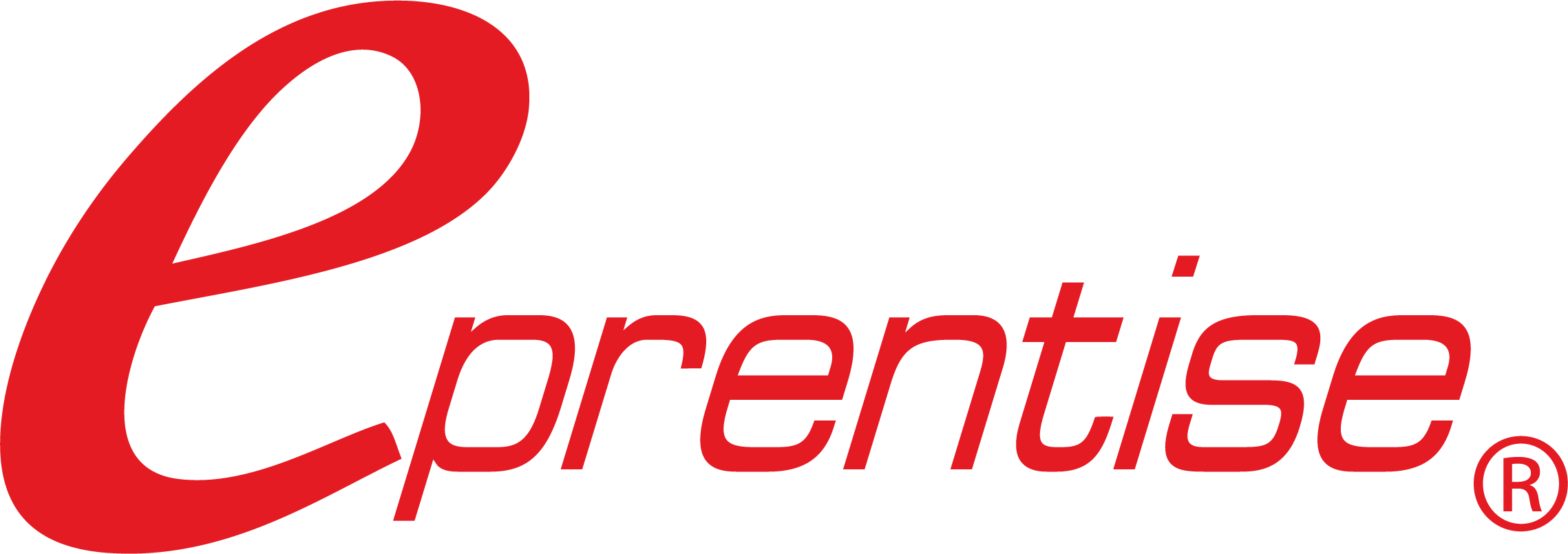Consolidation
Consolidation software from eprentise allows companies to merge two or more instances of Oracle® E-Business Suite (EBS) into a single, consolidated database instance that includes all of the data and history from the source instances. In 2012, eprentise received a patent on its consolidation methodology US 8,103,704.
Relying on its built-in knowledge base of Oracle® EBS, eprentise software provides a streamlined, cost-effective way to consolidate different instances after a merger or acquisition or a move to a centralized data center. eprentise Consolidation software automates the process and generates all of the required code, standardizing data, resolving conflicts, aligning set-up parameters, and synchronizing business processes across multiple implementations of EBS. The result is a single database that synthesizes all of the source EBS instances, fully aligning them with the current business strategy.


Features and Benefits

Example Scenarios

Highlighted Resources
- Consolidate two or more EBS instances
- Metadata Analysis and its rules repository compares every table, every column, and every database object
- No loss of history – No need to retain existing systems for reporting or a sunset instance for reference.
- No reimplementation – No migration scripts or bridges among different EBS instances for compliance with regulatory requirements
- Low risk – Complete, consistent, and correct data in a single source. Repeatable, predictable outcomes with a minimum number of software-related issues
- Shortens the time for project completion
- Lower costs with improved efficiency – Consolidated instances reduces hardware, license and maintenance costs
- Alignment with business objectives
- All code is automatically generated
- Standardize on key flexfields including single-instance flexfield such as the asset category flexfield or the system item flexfield
- Simplify governance and controls globally
- Automatically resolves conflicts with names and IDs and makes changes to all related data to maintain referential integrity
- Underlying rules engine knows the impact of changes to every data element across all modules
- Merges data in the correct sequence to preserve data integrity
- Consolidation represents the union of the source and target data with duplicates resolved
- Consolidates seed, configuration, master data and all transactions
- Consolidation only affects the number of rows in the table. There will be the same number of tables and columns that are in the target.
- Data that is in the source but not in the target comes into the target as is.
- Data that is in the source, but is an exact duplicate of the target data references the target data.
- Data that is in the target remains and is not touched
- Data comes into the target from the source in separate ledgers and operating units so that the change is transparent to the users and very little training is needed. The data is the same as the user saw in the source instance
- If CEMLIs (Customizations, Enhancements, Modifications, Localizations, and Interfaces) work in the target, no modification is needed other than to make sure that the CEMLI includes the source data
- Generates reports of data that is changed or synchronized as part of the merge
- No need to create landing balances, configure a new instance, or handle open items.
By consolidating a Canadian instance into a US instance, the customer was able to reduce their infrastructure costs, their licensing costs, and support/maintenance costs.
A company who merged their India/China instance into a North America instance was able to standardize their business processes by setting up consistent profile options, rationalize their assets, eliminate localizations and modules that were no-longer in use.
Consolidation of multiple instances made it easier to do acquisitions and divestitures, and provided transparency for compliance, reporting, controls and taxes by providing an enterprise view of the data.
- Read our Consolidation Datasheet
- Watch this webinar: An IT Perspective of an Acquisition – The Top 6 Must Do List
- Check out this two part whitepaper:

